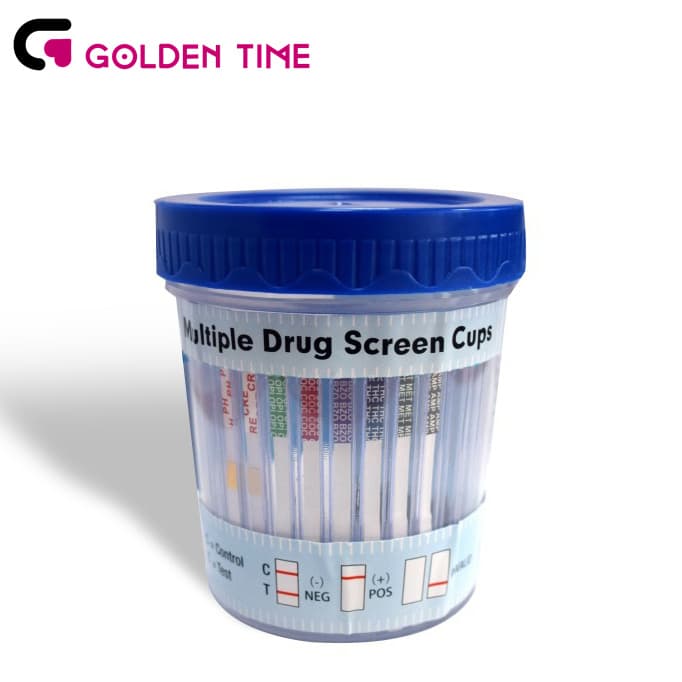Nov . 08, 2024 09:22 Back to list
Rapid Test Development for Enterovirus 71 Detection and Diagnosis in Clinical Settings
Enterovirus 71 Rapid Test A Crucial Tool in Managing Viral Infections
Enterovirus 71 (EV71) is a member of the Picornaviridae family and is known for causing hand, foot, and mouth disease (HFMD), particularly in children. This virus has gained significant attention due to its association with severe neurological complications, including meningitis and encephalitis. The rapid detection of EV71 is essential for effective clinical management, timely public health responses, and epidemiological studies. This article explores the importance of rapid testing for EV71, its methodologies, and implications for healthcare systems.
Understanding Enterovirus 71
EV71 primarily spreads through fecal-oral transmission and respiratory droplets. It often affects children under five years of age, causing symptoms such as fever, sore throat, and painful sores in the mouth, followed by rashes on the hands and feet. While most cases are mild, some children can develop severe neurological conditions, which can be life-threatening. Thus, early diagnosis and isolation of infected individuals are crucial to preventing outbreaks and reducing transmission within communities.
The Need for Rapid Testing
Traditional laboratory diagnostics for viral infections, including EV71, often rely on culture techniques and serological assays, which can take several days to produce results. In the face of a possible outbreak, such delays can hinder timely intervention and control measures. Rapid tests, on the other hand, offer immediate results, enabling healthcare providers to make informed clinical decisions quickly. This characteristic is especially beneficial in outpatient settings and during peak seasons of viral transmission, where the burden on healthcare facilities can be overwhelming.
Methodologies for Rapid Testing
The rise of molecular diagnostics has revolutionized the landscape of viral identification, including EV71. Polymerase chain reaction (PCR) techniques are among the most sensitive and specific methods for rapid detection. These tests can identify viral RNA directly from clinical specimens such as throat swabs or cerebrospinal fluid in a matter of hours. Additionally, advancements in isothermal amplification techniques such as LAMP (Loop-mediated Isothermal Amplification) have paved the way for point-of-care testing, further bridging the gap between laboratory and clinical settings.
Antigen detection assays have also been developed as rapid tests that can identify EV71 within minutes. These tests typically involve a lateral flow immunoassay, similar to home pregnancy tests, providing results without the need for complex equipment or specialized training. While not as sensitive as PCR methods, antigen tests are valuable for their speed and ease of use.
enterovirus 71 rapid test

Implications for Public Health
Rapid testing for EV71 has several implications for public health authorities. First, it allows for the swift identification of infected individuals, facilitating immediate isolation to prevent further transmission. Second, rapid diagnostics play a vital role in outbreak investigations, helping to clarify the source and scope of an outbreak. By identifying cases early, public health officials can implement control measures more effectively, such as issuing alerts and vaccination campaigns.
Moreover, epidemiological surveillance can greatly benefit from the adoption of rapid tests. With accurate and timely data on EV71 prevalence and circulation patterns, public health officials can better allocate resources and plan interventions, thereby reducing the overall burden of disease.
Challenges and Future Directions
Despite the benefits, the widespread deployment of rapid tests for EV71 is not without challenges. Issues such as test sensitivity, specificity, and cross-reactivity with other enteroviruses must be addressed. Furthermore, there is a need for standardization of these tests to ensure consistency in results across different healthcare settings.
Future advancements may include the integration of rapid tests with digital health technologies, enabling real-time tracking of infections and informing public health decisions. Additionally, continued research into the development of vaccines for EV71 could complement rapid testing efforts, ultimately reducing the incidence of severe disease in the population.
Conclusion
The emergence of rapid tests for Enterovirus 71 represents a significant advancement in the diagnosis and management of viral infections. By enabling swift detection and isolation of infected individuals, these tests play a critical role in controlling outbreaks and protecting public health, particularly among vulnerable populations such as young children. As technology continues to evolve, the potential for improved diagnostic tools will only enhance our ability to respond effectively to viral threats like EV71.
-
Dengue NS1 Rapid Diagnostic Test Kit
NewsMar.07,2025
-
Dengue NS1 Rapid Diagnostic Test Kit
NewsMar.07,2025
-
Dengue NS1 Rapid Diagnostic Test Kit
NewsMar.07,2025
-
Transferrin Rapid Test Cassette Tumor Marker TF Card
NewsMar.07,2025
-
Malaria Pf Pan Rapid Diagnostic Test Kit
NewsMar.07,2025
-
malaria pf / pan ag rapid test
NewsMar.07,2025

